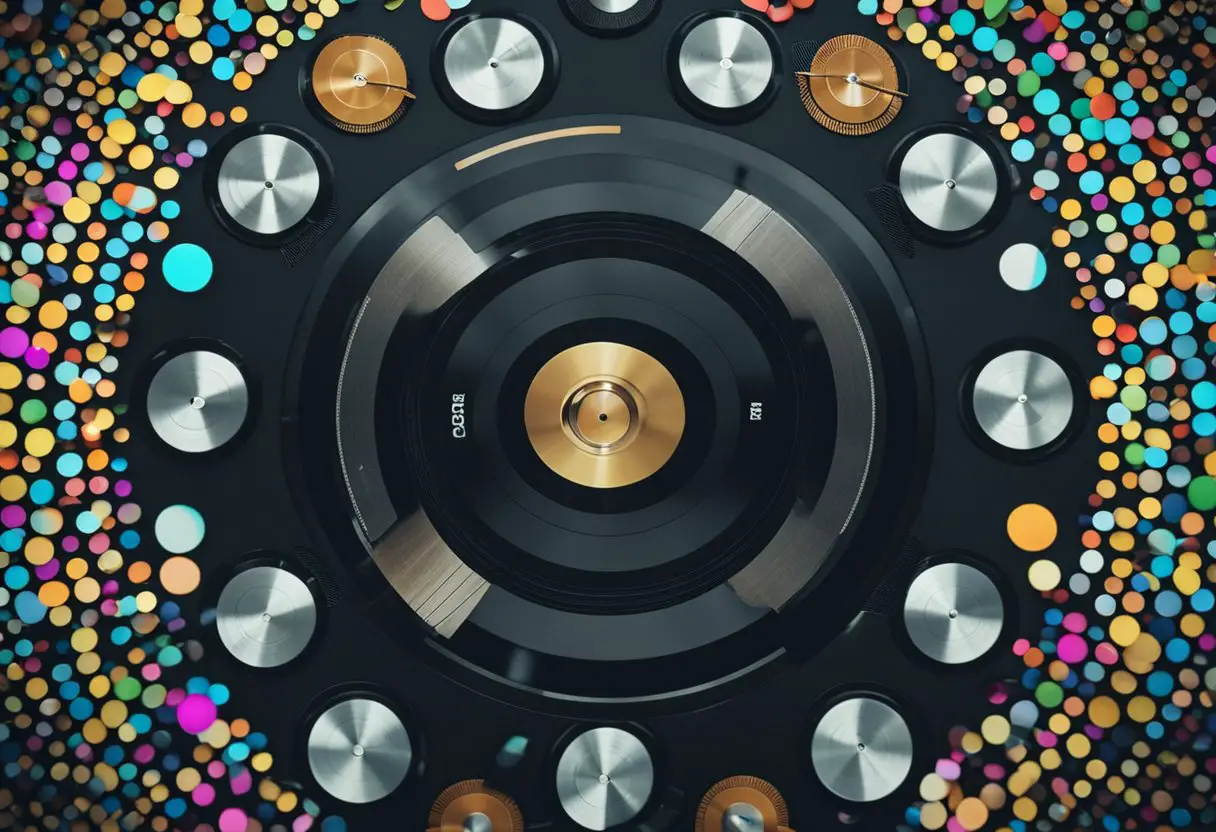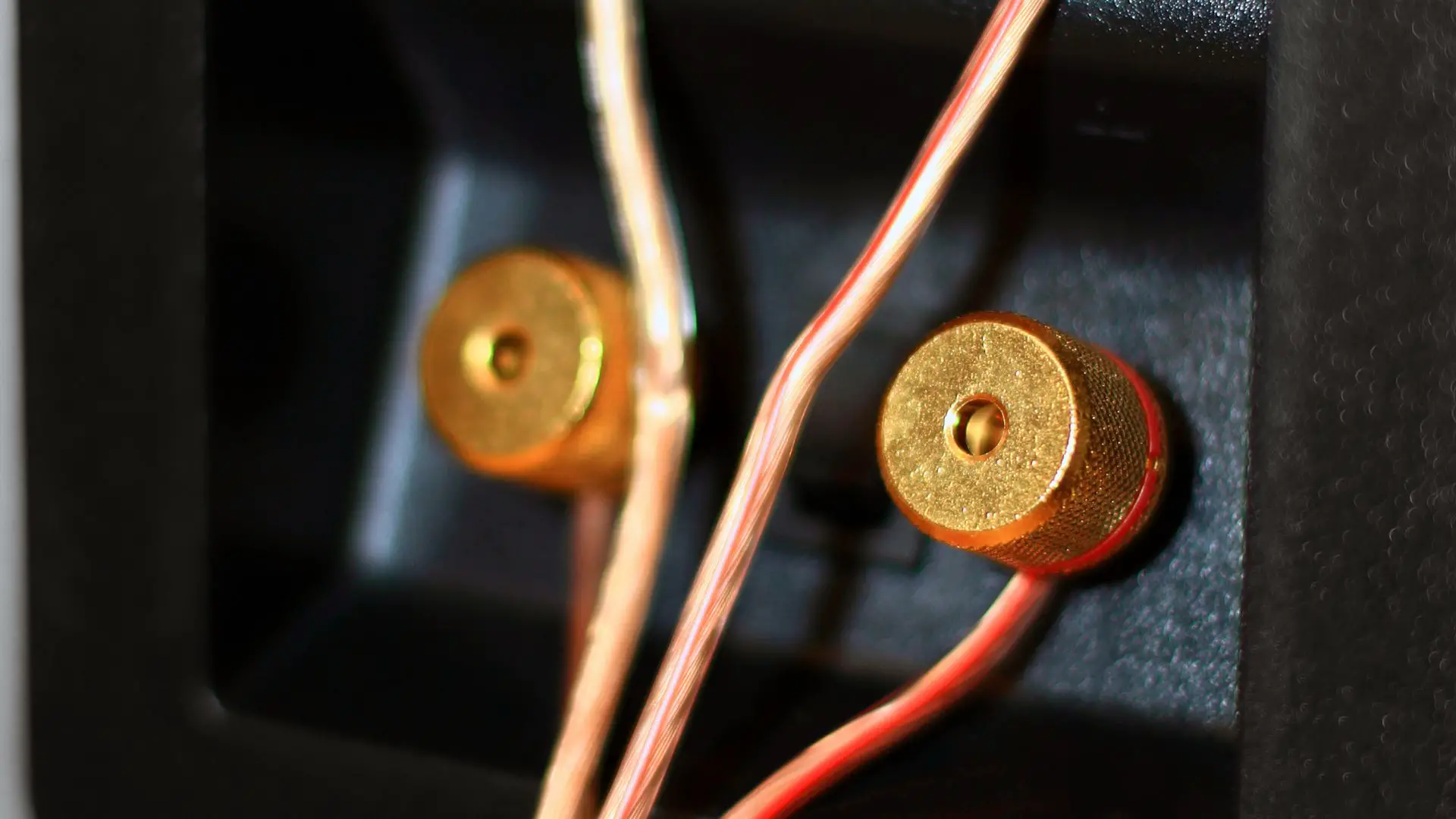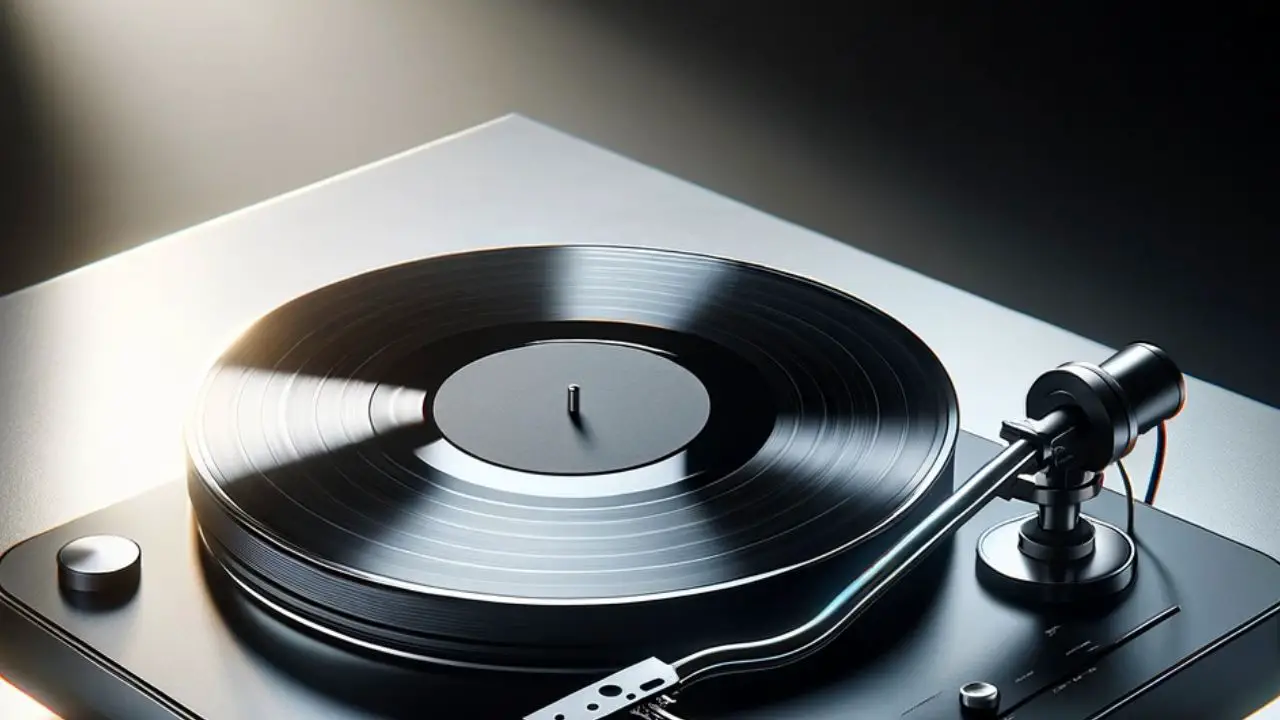If you’re new to vinyl record collecting, you might be overwhelmed by the terminology used in the hobby. From LPs to 45s, from grooves to pressing, there’s a lot of jargon to learn. But don’t worry – with this glossary, you’ll be able to navigate the world of vinyl record collecting with ease.
First, let’s define what a vinyl record is. Vinyl records are analog sound storage mediums that were first introduced in the late 1940s. They consist of a flat disc with grooves on both sides that are read by a stylus, which translates the grooves into sound. Vinyl records come in a variety of sizes, but the most common are 12-inch LPs and 7-inch singles.
Basic Vinyl Record Terminology

If you’re new to collecting vinyl records, it’s important to understand some basic terminology. This will help you navigate the world of vinyl records and communicate with other collectors. Here are some key terms you should know:
Parts of a Vinyl Record
Vinyl records are made up of several parts, each with its own specific name. Here are the main parts you should know:
Groove
The groove is the spiral track that runs along the surface of the record. This is where the music is recorded.
Label
The label is the circular piece of paper or plastic that is attached to the center of the record. It usually contains information about the artist, album, and record label.
Runout Groove
The runout groove is the area at the end of the groove where the needle lifts off the record. This area can sometimes contain hidden messages or other interesting information.
Spindle Hole
The spindle hole is the hole in the center of the record where it is placed onto the turntable. This hole can vary in size depending on the record.
Sleeve
The sleeve is the protective covering that the record is stored in. It can be made of paper, plastic, or other materials. Read more here.
Jacket
The jacket is the outer cover of the record. It usually contains artwork, track listings, and other information about the album.
Understanding these basic terms will help you better understand the anatomy of a vinyl record. As you become more familiar with collecting, you’ll likely encounter more specialized terminology. But for now, these terms will give you a good foundation to build upon.
Advanced Vinyl Record Terminology

As you become more experienced with vinyl record collecting, you may encounter some advanced terminology that can be confusing. In this section, we will explore two important concepts: record grading and record pressing.
Record Grading
Record grading is a system used to assess the condition of a vinyl record. It is important to understand grading because it affects the value and sound quality of a record. Here are the most common grading systems:
- Goldmine Grading System: This system uses a scale from 0 to 10, with 10 being a perfect record. It takes into account the condition of the cover and the vinyl itself.
- Record Collector Grading System: This system also uses a scale from 0 to 10, but it is more detailed. It includes specific grades for the cover, the vinyl, and any inserts that may come with the record.
- Visual Grading System: This system is used by many collectors and sellers. It involves visually inspecting the record for any scratches, scuffs, or other imperfections.
Record Pressing
Record pressing refers to the process of creating vinyl records. It involves using a master disc to create a stamper, which is then used to press the vinyl. Here are some important terms to know:
- Master Disc: This is the original recording that is used to create the stamper.
- Stamper: This is a metal disc that is used to press the vinyl. It is created from the master disc.
- Test Pressing: This is a sample pressing that is made before the final run of records. It is used to check for any issues with the stamper or the pressing process.
Vinyl Record Equipment

As a new vinyl record collector, it’s important to understand the equipment you need to play your records properly. Here are the three essential pieces of equipment you will need:
Turntables
The turntable is the most important piece of equipment in your vinyl setup. It is what spins the record and plays the music. There are a wide variety of turntables available on the market, ranging from entry-level models to high-end audiophile options.
When choosing a turntable, consider factors such as build quality, speed stability, and the quality of the tonearm and platter. A good turntable will produce a clear and accurate sound, while a poor-quality turntable will produce a distorted and muddy sound.
Stylus
The stylus, also known as the needle, is the small diamond-tipped component that sits on the end of the tonearm and reads the grooves of the record. The quality of the stylus is crucial to the quality of the sound you will hear.
There are two types of stylus: elliptical and spherical. Elliptical styluses are more expensive but produce a more detailed and accurate sound. Spherical styluses are less expensive but produce a slightly less detailed sound.
Cartridge
The cartridge is the component that holds the stylus and attaches to the tonearm. It converts the mechanical movement of the stylus into an electrical signal that can be amplified and played through your speakers.
There are two types of cartridges: moving magnet (MM) and moving coil (MC). MM cartridges are more common and less expensive, while MC cartridges are more expensive but produce a more detailed and accurate sound.
Investing in a high-quality turntable, stylus, and cartridge is essential to getting the best possible sound from your vinyl records. Take the time to research and choose the right equipment for your needs and budget.
Caring for Your Vinyl Records

As a new vinyl collector, it’s important to understand how to properly care for your records to ensure they last for years to come. This section will cover two important aspects of vinyl care: cleaning and storage.
Cleaning
Cleaning your records regularly is crucial to maintaining their sound quality and preventing damage. Here are some tips for effective record cleaning:
- Always handle records by their edges and avoid touching the playing surfaces. You can use gloves made specifically for handling records to prevent oils from your skin from transferring onto the vinyl.
- Use a carbon fiber brush or a microfiber cloth to remove surface dust and debris before playing a record.
- For a deeper clean, use a record cleaning solution and a soft-bristled brush to gently scrub the record in a circular motion. Be sure to follow the manufacturer’s instructions for the cleaning solution and avoid getting any liquid on the label or in the record’s grooves.
- Rinse the record with distilled water and dry it with a lint-free cloth.
Storage
Proper storage is just as important as cleaning when it comes to preserving your vinyl records. Here are some tips for storing your records:
- Store records vertically to prevent warping or bending. You can use record crates or shelves specifically designed for vinyl storage.
- Keep records in a cool, dry place away from direct sunlight or heat sources. High temperatures can cause warping and damage to the vinyl.
- Use inner sleeves made from anti-static material to prevent dust and debris from accumulating on the record’s surface. Avoid using paper sleeves, as they can scratch the vinyl.
- For long-term storage, consider using outer sleeves made from polyethylene or polypropylene to protect the album cover from wear and tear.
Buying Vinyl Records

If you’re a new collector, you might be wondering where to start when it comes to buying vinyl records. Here are some tips to help you get started.
New vs. Used Records
One of the first decisions you’ll need to make is whether you want to buy new or used records. New records are typically more expensive, but they come with the advantage of being in pristine condition. Used records, on the other hand, can be much cheaper but may have some wear and tear.
If you’re looking for a specific album that’s no longer in print, you may have to settle for a used copy. However, if you’re looking to start a collection from scratch, new records might be a better option.
Where to Buy
There are a few different places you can buy vinyl records. Here are some of the most common options:
- Record stores: Independent record stores are a great place to start. They often have a wide selection of new and used records, and the staff can be knowledgeable and helpful.
- Online retailers: Websites like Amazon and eBay have a large selection of vinyl records. However, be cautious when buying from third-party sellers, as the quality of the record may not be accurately described.
- Record fairs: Record fairs are events where vendors come together to sell vinyl records. These can be a great place to find rare or hard-to-find records.
- Garage sales and thrift stores: You never know what you might find at a garage sale or thrift store. While you’re not guaranteed to find any records, you might stumble upon a hidden gem.
No matter where you decide to buy your records, make sure you’re buying from a reputable seller. Check the condition of the record before you buy it, and ask if you can listen to it before making a purchase. With a little bit of knowledge and some careful shopping, you can build a great vinyl record collection.
Conclusion
You are now equipped with the knowledge to start building your vinyl record collection. This glossary of vinyl record terminology should have provided you with a solid foundation of the most important terms and concepts in the world of vinyl records.
Remember to always do your research before making any purchases, and to ask questions if you are unsure about anything. With time and practice, you will become a seasoned vinyl collector and be able to navigate the world of vinyl records with ease.




